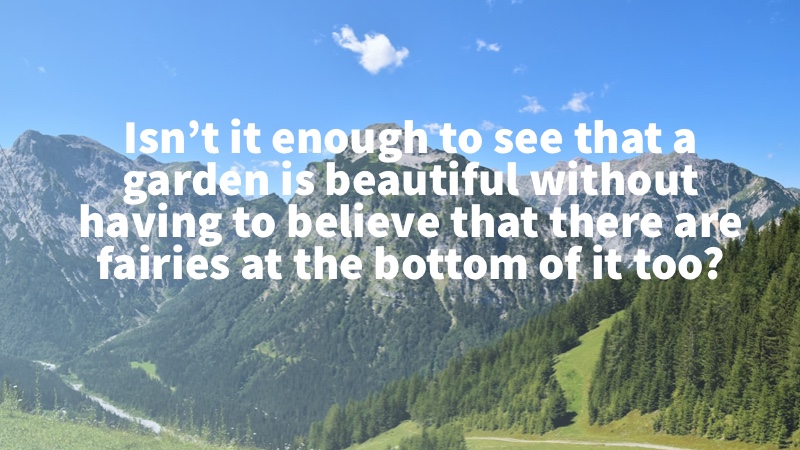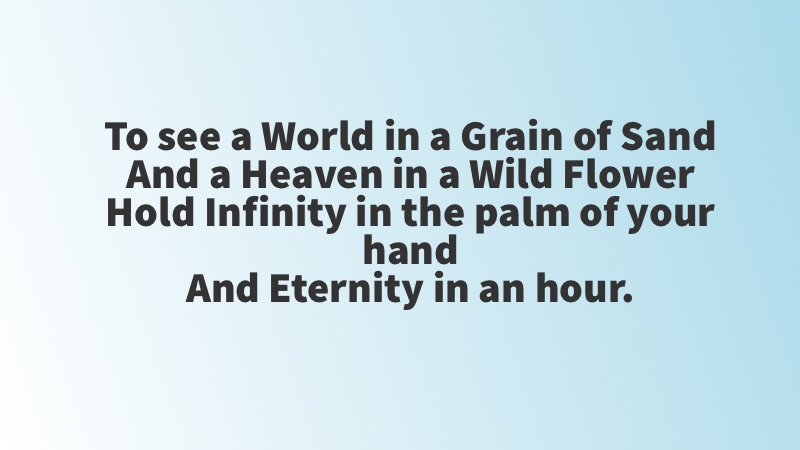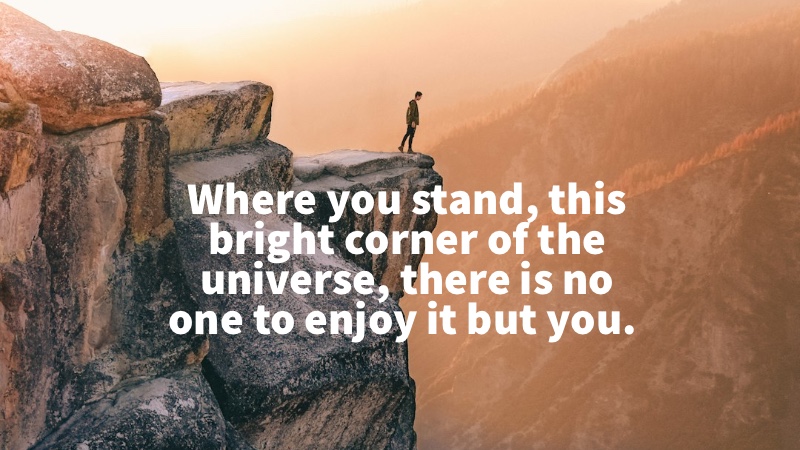This is the most beautiful place on Earth. There are many such places.
Edward Abbey
About the Author
Edward Abbey (1927-1989) was an American author, essayist, and environmental advocate who passionately defended wilderness and criticized public land policies. He worked as a seasonal park ranger at Arches National Monument (now Arches National Park) in Utah during the 1950s, an experience that profoundly shaped his writing and philosophy.
The quote comes from his most famous work, “Desert Solitaire: A Season in the Wilderness” (1968), where Abbey describes his time as a park ranger. In the opening pages, he portrays the stunning beauty of the Utah desert while acknowledging that beauty exists in many places and forms.
Abbey lived a colorful life marked by strong principles and occasional controversy. He studied philosophy at the University of New Mexico and wrote fiction alongside his nature essays. His novel “The Monkey Wrench Gang” (1975) became an underground classic that inspired environmental direct action movements.
Friends described Abbey as complex and sometimes contradictory. He valued solitude yet enjoyed good company, wrote poetically about nature yet refused to be called a nature writer. When he died in 1989, following his wishes, friends buried him illegally in the Arizona desert, wrapped in a sleeping bag, with his epitaph reading: “No comment.”
Despite being published over 50 years ago, Abbey’s books continue to sell well, particularly among outdoor enthusiasts, conservationists, and those questioning modern society’s values.
The Meaning of the Quote
This quote contains a powerful truth about how we experience beauty in the world. Abbey first declares a place “the most beautiful on Earth,” then immediately acknowledges many such places exist. This apparent contradiction reveals something profound about human experience.
The quote teaches us that beauty need not be ranked or compared. A woodland stream, desert canyon, mountain peak, and ocean shoreline can each be “the most beautiful” when we stand fully present within them. Beauty isn’t about exclusivity but about our capacity to appreciate what’s before us.
This wisdom applies beyond natural settings. My friend Tom spent years chasing travel experiences, always believing the next destination would be more beautiful than his current location. “I was always planning my next trip while barely seeing what was in front of me,” he told me. After reading Abbey, Tom changed his approach. “Now I try to see each place as if it’s the most beautiful, and strangely, they often are.”
Try these practical applications of Abbey’s insight:
Start a “beauty journal” where you document moments when something strikes you as exceptionally beautiful. This trains your attention to notice what’s around you.
Practice “micro-appreciation” by spending one minute fully absorbing a small natural element near you: a house plant, the sky view from your window, or even the pattern of wood grain on a table.
When traveling to famous beautiful places, step away from the designated viewpoints. Find your own spot and let yourself feel it’s “the most beautiful” without comparing it to other views.
A photographer I know used Abbey’s philosophy to transform her work. “I stopped chasing exotic locations,” she explained. “I started seeing my own neighborhood with fresh eyes. My best work now comes from places others walk past daily.”
The quote also speaks to accepting how personal beauty is. What moves you might leave others cold, and vice versa. This explains why people argue endlessly about the “best” beach, mountain, or sunset spot. They’re all right, from their perspective.
A hiking guide once told me about taking clients to extraordinary viewpoints. “Some people weep at views others barely notice,” he said. “The magic happens when someone connects deeply with a place, not when they visit the spots travel magazines rate highest.”
Abbey’s insight frees us from the modern obsession with rankings and “must-see” lists. Instead, we can develop what philosophers call the contemplative gaze: seeing what’s before us without judgment, comparison, or hurry.



Hinterlasse ein Feedback zu diesem Thema